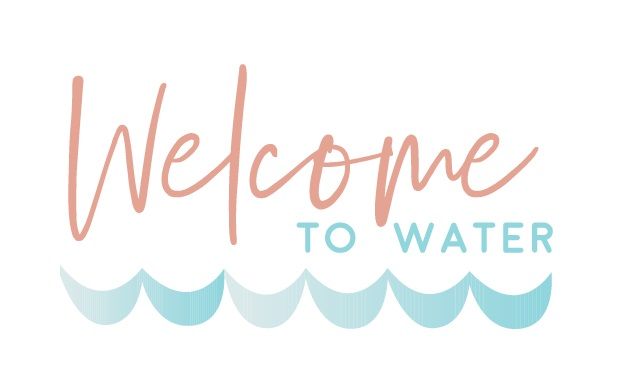
The Welcome to Water marketing team met with swim schoolers from around Australia, while Directors Peter Dalle Cort and Jessie Jones presented the “Debunking the Dunking” workshop.
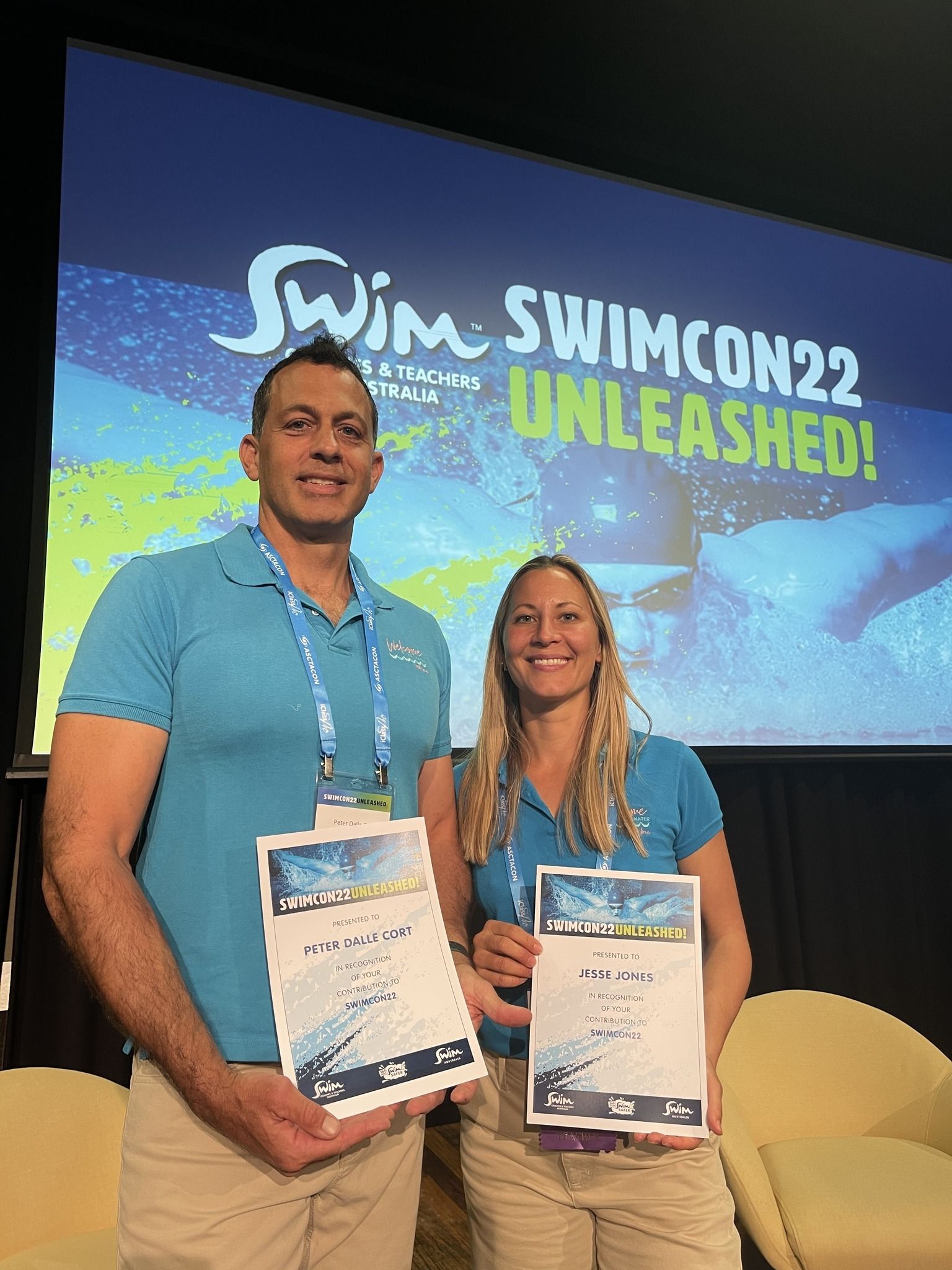
Controversy ensued, as delegates were asked to question their attitudes, beliefs and values!
Everyone is capable of change. Change towards reducing the use of force in learn to swim lessons. But the greatest barrier to this change is ourselves. Human beings, with their own entrenched belief systems, which are sometimes not verifiable as fact.
PART 1
Question your beliefs!
A great scientist will hypothesise, experiment, obtain results, form conclusions, and then set about designing another experiment to prove themselves wrong.
And a study with a sample size of “my personal experience” is not enough.
That’s what makes events like the SWIMCON22 - Gold Coast, Australia, hosted by SCTA, such important events. An opportunity to share opinions, techniques, “results of experiments”.
Don’t let these kind of events become an echo chamber for your own current beliefs. You may as well stay at home.
When Welcome to Water Directors Peter Dalle Cort and Jessie Jones delivered their “Debunking the Dunking” workshop to delegates from around the world, they warned the crowd of the cognitive dissonance they were about to experience. They were told to recognise the feeling of this dissonance, so that when it happens in their day to day life, they can consciously act upon it, without the constraints of their entrenched belief systems.
But the problem with that is, we are asking people to consider that everything they know about a subject, knowledge built up using all of their lives experience, could be *GULP*, wrong? When we question what we “know”, we are opening up to the possibility of growth.
Imagine if the coaches of our champion, world record holding swimmers of the 80’s, decided that the program and techniques they used to coach the swimmers back then, were never to be changed. After all, it got the result. The ends were achieved. But do you think there would be any more world records broken if the coaches got stuck in their ways? Thank god for open mindedness.
Beliefs vs fact
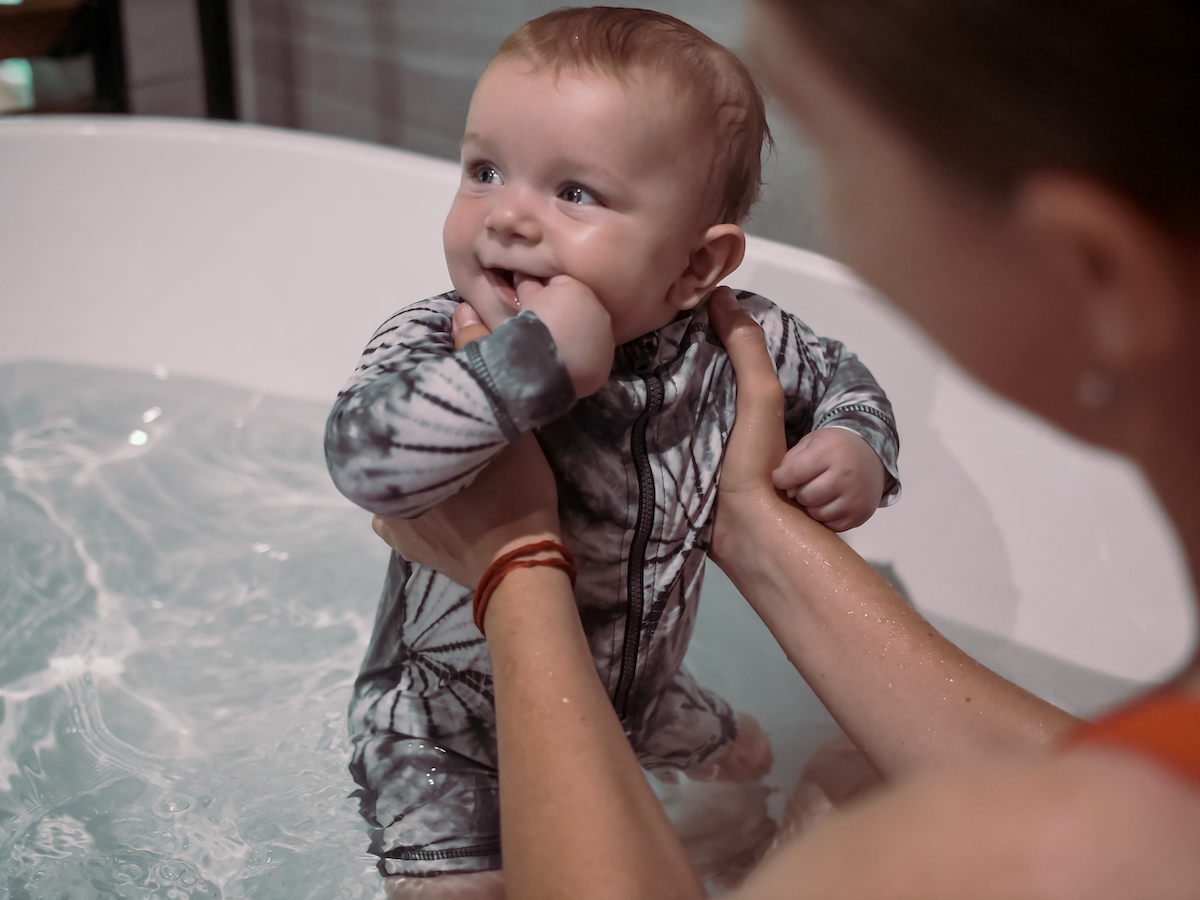
"BELIEF: acceptance of the truth, reality, or validity of something, particularly in the absence of substantiation."
In the learn to swim industry, substantiation comes from ourselves, and the echo chamber in which we operate. Our beliefs solidified by aligning our practices with industry leaders. Leaders who themselves have created their practices using trial and error, mixed in with their lives experiences. And conclusions drawn from the results of these experiments are skewed by their own attitudes, beliefs and values.
I need air!
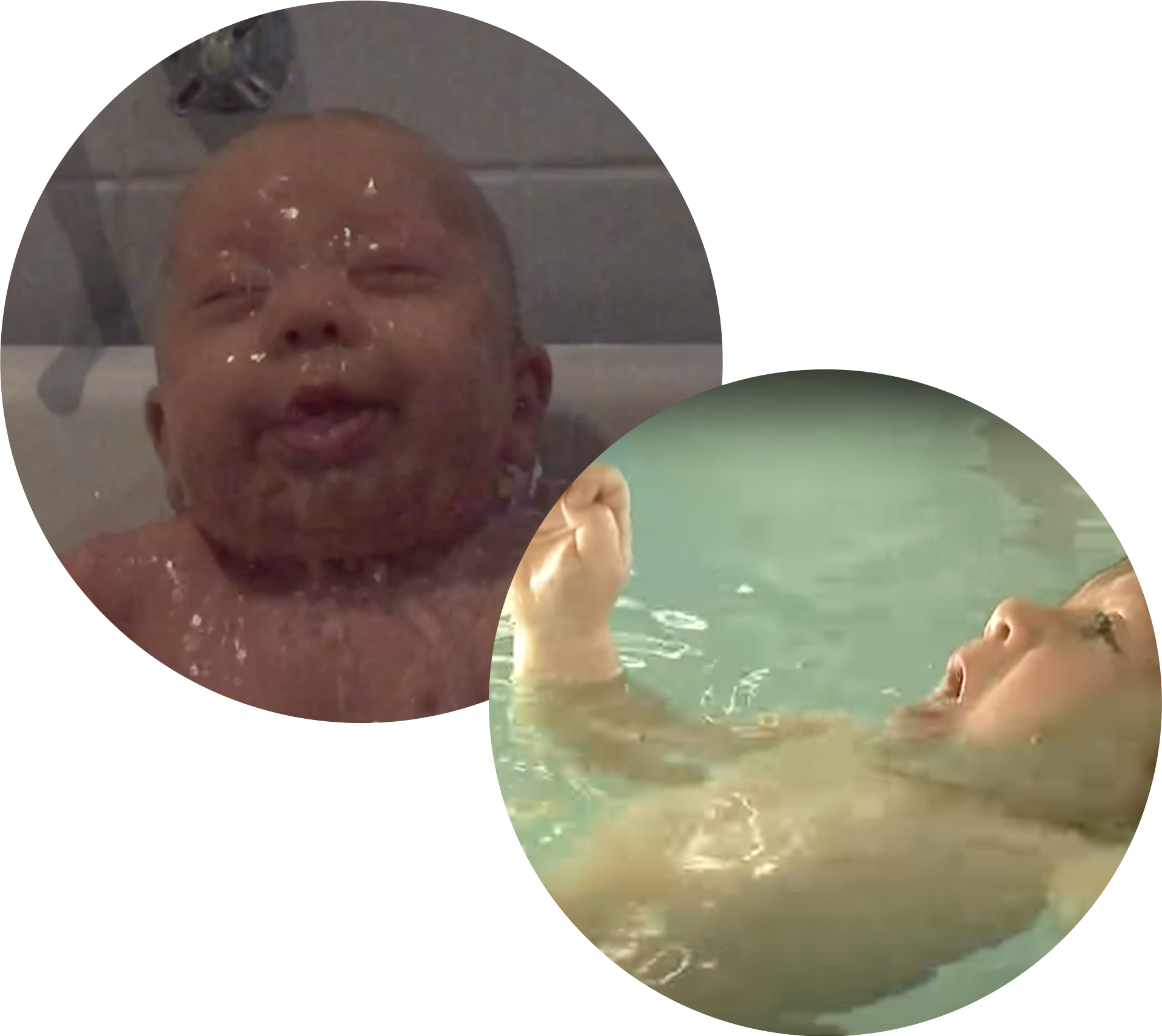
Delegates were presented with pictures showing 2 situations. A cup of water flooding the airway and triggering a reflexive breath hold in a 3 month old, and an 8 month old being subjected to a “survival back floating lesson” water covering their airway whilst on their back.
What are the differences, and what are the similarities in this act inflicted upon our children. What makes one okay, and the other not? Both involve momentarily cutting off the oxygen supply of the infant. There has to be a moral justification.
Now a disclaimer, Welcome to Water is expressly against using cups of water over the airway of newborn babies, in order to condition a breath hold on command. But there could be a moral justification for doing this to a child. If there is, I want to hear it. Is there a scientific study that proves that this act somehow improves the developmental outcomes, or safety of the child? If there is, I want to read it. And if there is a study, how much does it improve the outcomes, so I may balance the use of the practice against my own moral code. Until then, repeatedly cutting off the oxygen supply to a newborn in order to force a breath hold, is outside my ability to justify its use.
Should we never allow water to go over the airways of an infant? Should they be wrapped in cotton wool and never have the experience of a reflex being triggered, with the associated floods of adrenaline and cortisol to their system. Having reflexes triggered is a normal part of development, and is vital to the process of reflexes becoming integrated with voluntary patterns. The occasional splash of water when being bathed, or from an overenthusiastic sibling. Using a wash cloth over the face for hygiene.
But repeatedly triggering a reflexive breath response, and pairing it with the stimulus “Ready-GO!”, to command a breath hold, is an unnatural, unnecessary and traumatic experience.
When cognitive development advances, post 4 months of age, and the infants picture of the world changes, then a “Ready-Go” cup of water becomes a way to open communication between parent and child. A different type of learning occurs. The child has more ability to predict the approaching cup. More ability to communicate voluntarism.
Voluntarism is at the core of Welcome to Water’s moral justification to use this activity. Child led is the buzz word. Allowing the child the opportunity to participate, or opt out is the key.
Many delegates had never considered the similarities between the ready go cup vs the forced back floating activity. There are some uncomfortable similarities, which do require a justification, and forcing ourselves to examine how we justify force is where the growth happens.
Many delegates had never considered the similarities between the ready go cup vs the forced back floating activity. There are some uncomfortable similarities, which do require a justification, and forcing ourselves to examine how we justify force is where the growth happens.
Communication builds trust-trust builds readiness
As swimming teachers, we should model this communication with our students (babies and their carer’s). Pete and Jess demonstrated a real life example of this concept to the delegates with the “Mat circuit” activity. The goal was to start and recover using 3 different entry and recovery styles:
Verbally: “you don’t want me to help you do you, you want Mummy. Come on mummy, come a little closer and help.”
Non verbally - Stand back out of reach, turn shoulders away, smile at Mum.
Verbally “Do you want me to help you sit down? No? Okay, Mummy come and help”.
Non-verbally - position far enough away to be non-threatening, but closer enough to allow the opportunity to initiate contact. Arms outstretched to offer assistance and retracted when the offer was declined.
Communication was building, trust was forming.
-Start being held by parent - recover to shallow ledge
-Start standing on shallow ledge - recover to floating mat
-Start seated on mat - recover to parent
Pete the teacher, was helping carers move throughout the circuit, giving feedback on the readiness of each child, and positioning himself at the mat to assist each child to be seated before assisting them into the water towards their parent. Problem is, 1 out of the 4 about 12 month olds in the class wanted nothing to do with him. From the child’s point of view, “you aren’t my Mum or Dad. You are a stranger. I don’t want anything to do with you.” Fair enough!
The activity was an inherently forceful one. The child was presented with 2 options - sit on the mat being held by a stranger, or submerge to go to the safety of their carer. This is where the coercion occurs - the child didn’t want either of those options.
Being the lovely, child-led instructor that he is, Pete recognised the verbal and non-verbal cues from the child, and communicated back:
Verbally: “you don’t want me to help you do you, you want Mummy. Come on mummy, come a little closer and help.”
Non verbally - Stand back out of reach, turn shoulders away, smile at Mum.
On the second attempt at the seated entry, Pete had preempted the response from the child and communicated accordingly:
Verbally “Do you want me to help you sit down? No? Okay, Mummy come and help”.
Non-verbally - position far enough away to be non-threatening, but closer enough to allow the opportunity to initiate contact. Arms outstretched to offer assistance and retracted when the offer was declined.
Communication was building, trust was forming.
On the third attempt, the offer for assistance was made again. Low and behold, the baby reaches for assistance to be seated, happily, voluntarily. They weren’t a passive participant, having things happen to them. There was an opportunity to exercise control. Opt in or out. The use of force in the lesson was reduced, and the swimming goal of the lesson was achieved - “Independent seated entry and recover to carer”. Great result!
Conclusion
The means vs the ends. The old question of moral justification. Some of you may think that is okay to create a coercive situation in order to get the child to submerge. I mean, it works, why not do it. Welcome to Water is helping people consider that situations as described above, is a use of force, and that the ends of a happier, safer swim swimmer can be achieved by a means where the force is reduced as much as possible.
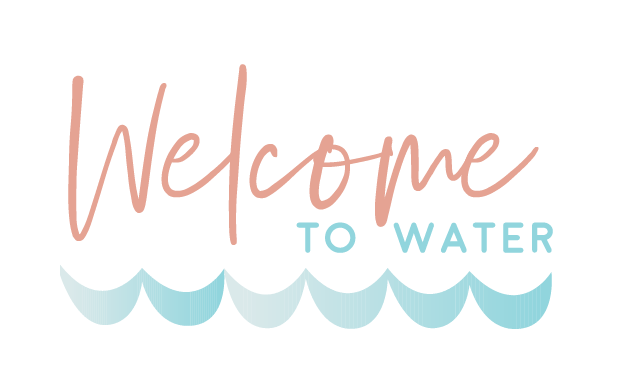
© Welcome to Water
Subscribe to our newsletter now!
Get weekly updates on live streams, news and more right in your mailbox.
Thank you!
